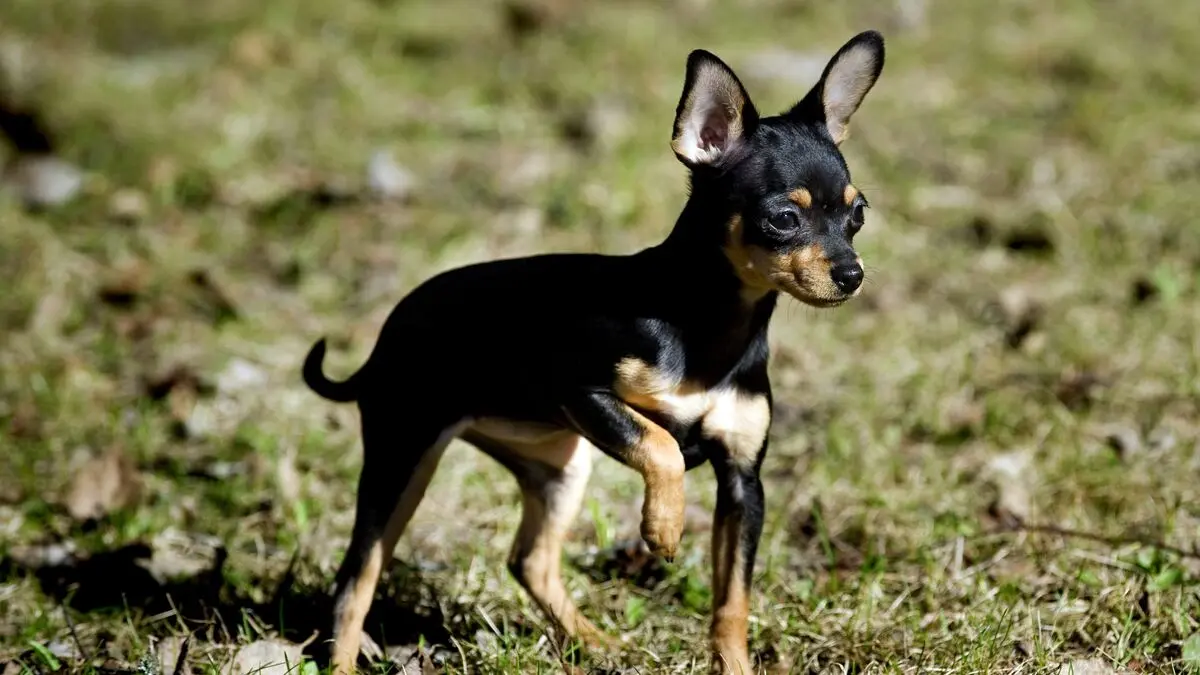An international team of researchers has examined 643 dog and wolf skulls to understand the evolution of the species. Around 11,000 years ago, there was a clear difference between dogs and wolves, and it is also possible to see differences between dogs from this period.
There is a great deal of variation between them, but not as extreme a variation as we see today, says Maria Mostadius, curator at the Biological Museum at Lund University, who has contributed eleven skulls to the study.
Just like other species, dogs have had to adapt to climate and changes in the natural environment. It is also likely, she says, that humans early on decided which dogs were allowed to mate with each other.
The study also shows that the first domesticated dogs exhibited forms that are not found in today's breeds. Some early dog types no longer exist.
The dog is the domesticated species that shows the greatest variation, which is considered to be the result of highly targeted breeding over the last 200–300 years.
"It is usually said that it started with the Victorian kennel clubs, that you bred based on what type of dog you wanted," says Maria Mostadius.
The study is published in the scientific journal Science.





